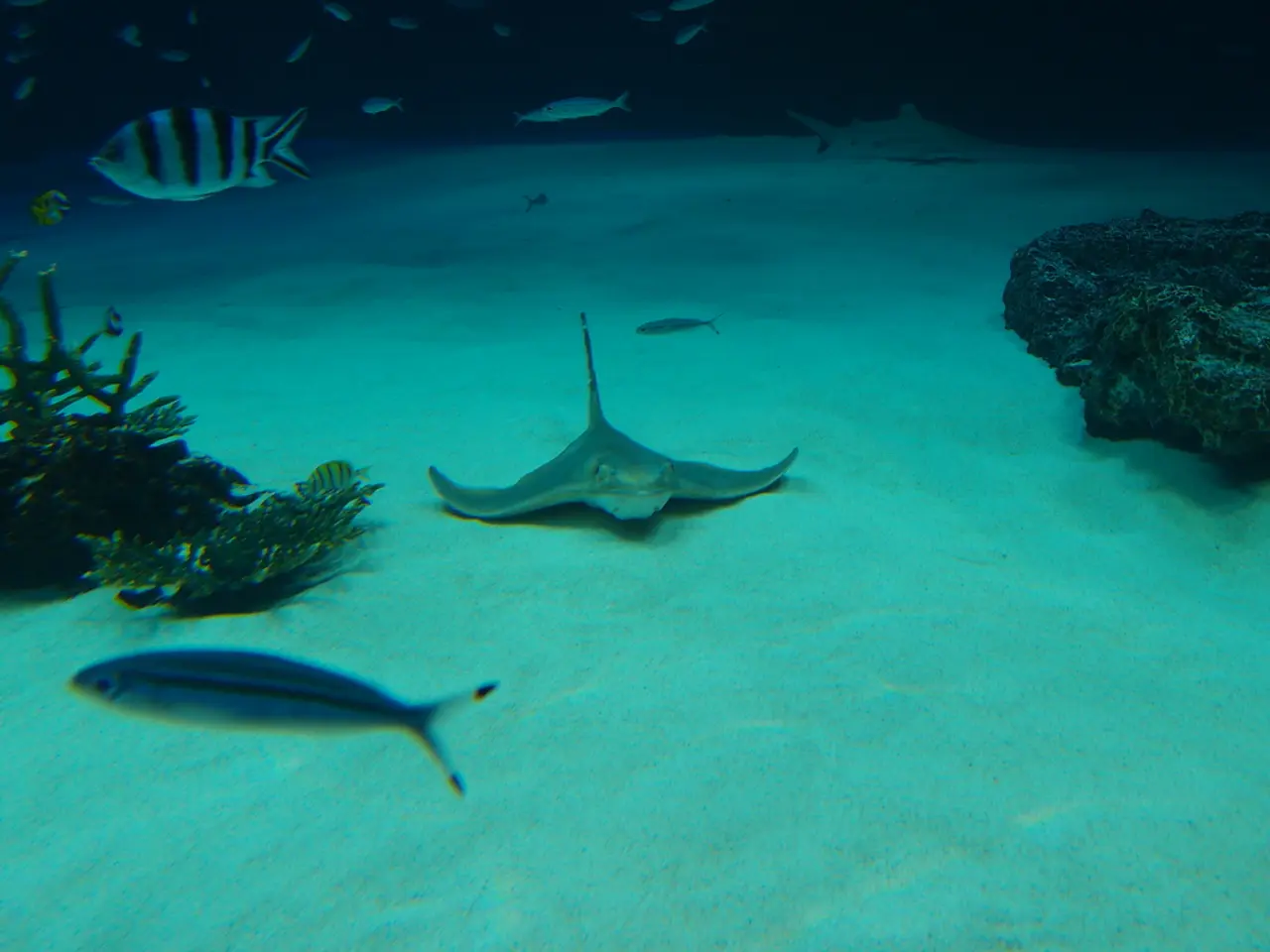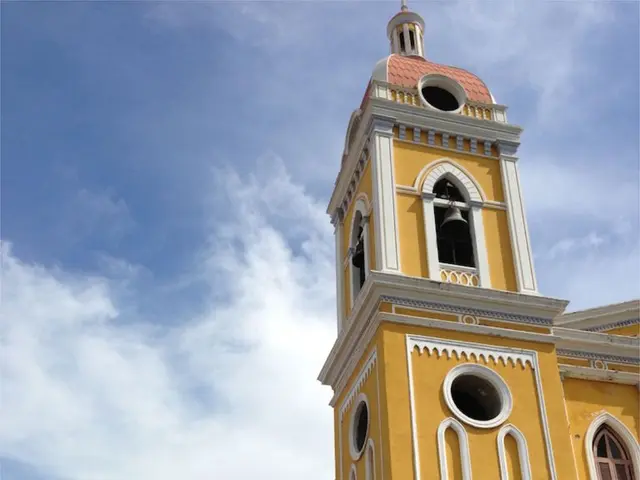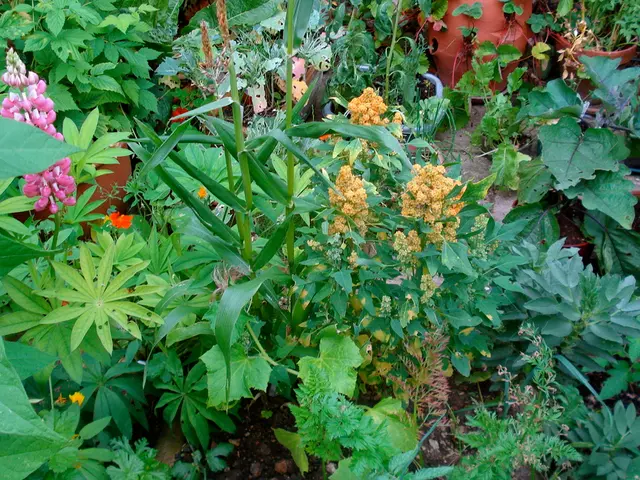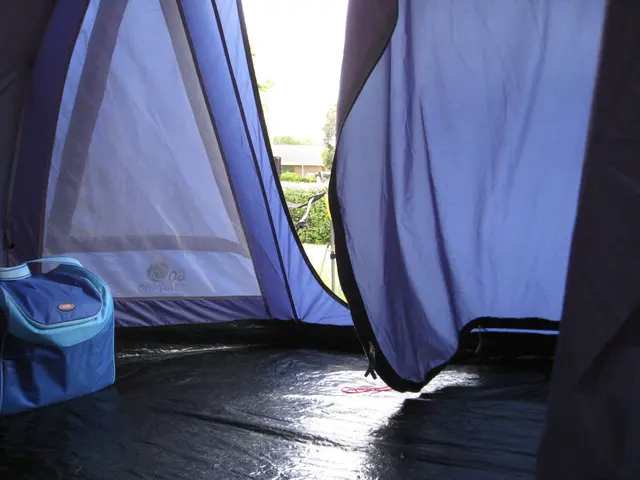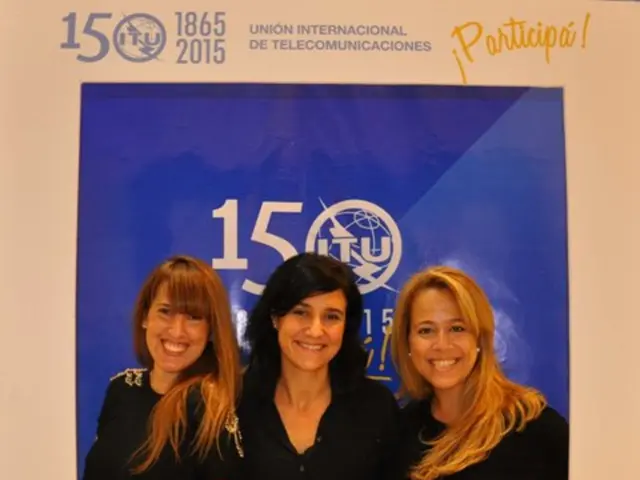Submerged woodlands of Wellington
In Wellington, New Zealand, on August 19, 2025, Dr. Nicole Miller will lead a captivating presentation on the current challenges and conservation successes of the city's underwater habitats. The event, taking place from 6:15 pm to 7:15 pm in the Pāteke Room of the Visitor Centre at Zealandia Te Māra a Tāne, promises an enlightening journey through Wellington's Blue Belt.
Dr. Miller will discuss the ongoing threats to marine ecosystems, including pollution, habitat degradation, overfishing, insufficient marine protection measures, and policy delays in implementing comprehensive marine protection frameworks and ecosystem-based management. She will emphasize the vulnerability of these ecosystems, despite their resilience, and the urgent need for long-term government action aligned with indigenous knowledge and intergenerational equity.
However, Dr. Miller will also highlight local conservation successes. She will point to the Island Bay Marine Education Centre and the Taputeranga Marine Reserve, which have significantly contributed to marine biodiversity recovery. Notably, these efforts have increased populations of key species such as rock lobster and blue cod through sustained protection and community engagement.
Dr. Miller will also touch upon urban ecosanctuary projects like Zealandia in Wellington, which aim to restore freshwater and forest ecosystems. These ecosystems indirectly impact the health of marine environments, making their protection crucial.
The presentation will advocate for a holistic, ecosystem-based approach to marine management. This approach integrates science, indigenous leadership, and community education to combat the decline of marine biodiversity and promote sustainable stewardship of Wellington's underwater habitats.
Dr. Nicole Miller's seaweed artworks will be on display at Zealandia Te Māra a Tāne from 1 August to 30 September. All profits from these artworks will support the organization Explore Your Coast.
Attendees can enjoy light refreshments at the event. For more information about the event and ticket booking, follow the provided link. Additionally, resources covering biodiversity, human impacts, and restoration are available for short-term studies. Some resources are in te reo Māori, courtesy of Te Aho Tū Roa.
The event is supported by Mountains to Sea and the citizen science project "Floating Forests," which needs help to identify kelp forests from satellite images. Underwater habitats like seaweed forests and sponge gardens, home to a diverse range of life, including kaimoana species, face growing pressure from human activity and environmental change.
For those interested in learning more about seaweed and algae, there is a Pinterest board filled with resource ideas. The Threats to marine habitats interactive displays will also highlight the stressors that kelp forests face in Aotearoa and globally.
Doors open at 6:00 pm, and parking is available at both the Visitor Centre and an overflow parking area on Birdwood Street. Don't miss this opportunity to learn about Wellington's underwater habitats and how you can contribute to their conservation.
- Dr. Miller's discussion will cover topics such as pollution, habitat degradation, and overfishing - issues that are not only relevant to marine ecosystems but also have an impact on home-and-garden lifestyle, especially in urban areas where water run-off can contribute to marine pollution.
- During her presentation, Dr. Miller will showcase conservation successes like the Taputeranga Marine Reserve and urban ecosanctuary projects such as Zealandia, which demonstrate how environmental-science initiatives can have a positive effect on marine biodiversity, transforming both underwater habitats and home-and-garden landscapes.
